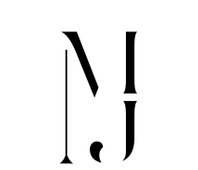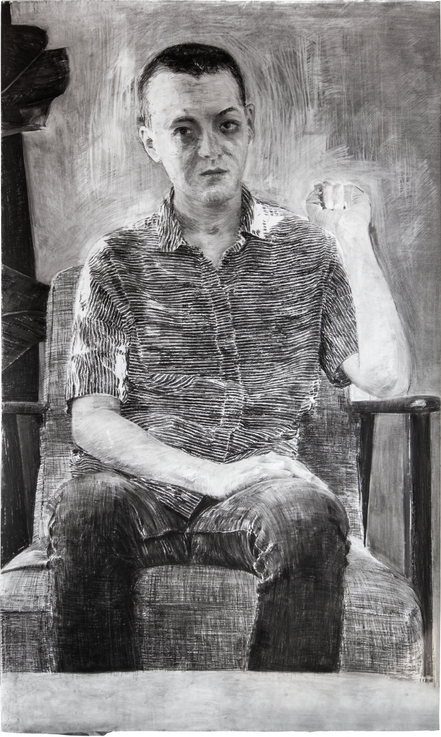Birde Vanheerswynghels
English below
Birde Vanheerswynghels studeerde Grafische Kunst aan Sint-Lucas in Gent en is laureaat van het HISK. Haar praktijk omvat voornamelijk tekenen en fotografie. Ze verwierf vooral bekendheid met haar monumentale houtskooltekeningen van een semi-imaginaire, weelderige plantenwereld. Ze nam deel aan tentoonstellingen in SMAK, M HKA, Drawing Center Diepenheim, Diepenheim (NL), Nicodim Gallery in LA (USA), Kunst Im Tunnel, Düsseldorf (DE), CC Strombeek, Kasteel van Gaasbeek, Galerie Martin Kudlek, Köln (DE)).Solo shows in Galerie Tatjana Pieters (BE) en Komplot, Brussel (BE).
Haar werk bevindt zich in privécollecties in België, Nederland, Frankrijk en Duitsland en in de Collectie van de Vlaamse Gemeenschap.
Recently I started a series of portraits of people who pursue the image of androgynous beauty. This series stems from the urgency to say something about the world and time we live in; rather than taking the audience into another, imaginary world as in my previous work.
These portraits arise from pictures I take in my own environment, the queer community, a community that is close to my heart and in which relationships often intertwine into family-like relations - a chosen family. They are intimate images: I capture moments of fragility and emotion. Queer persons are often represented as extravagant figures, an image that is often displayed to the outside world. I aim to capture what lies behind that image, behind that representation.
The depicted persons are people from my close circles. I photograph them in a familiar setting in order to maintain the intimacy. I compose these pictures into a new image by digitally manipulating the color and shape. This image is printed on drawing paper and processed with pigment allowing me to transform the image again.
Doing so, I want to make an universal image. The work is not a political statement; it is personal and is embedded in the history of portraiture: the poses are important, the details and the symbolism. I strive to capture the beauty of what is happening on the gender spectrum. This reminds me of a passage from Aaron Betsky: “The closet is the opposite of the ordered place of appearance, but also its beginning point. It is a dark and musty place where past and future mingle and could become interchanged. It is where you can define yourself, constructing an identity out of what you have collected, in a space that is free and boundless exactly because it hides in the dark recesses. It is a constructed version of the womb that contains not biological but socially produced building blocks for the person you become in the real world.”
Rather than a theoretical or activist approach towards gender as a social construct; I am focussing on the people I portray; they are central to my work; people with whom I have personal connections: unique identities that connect in the subculture of the queer community. An attempt to capture the poetry within.

